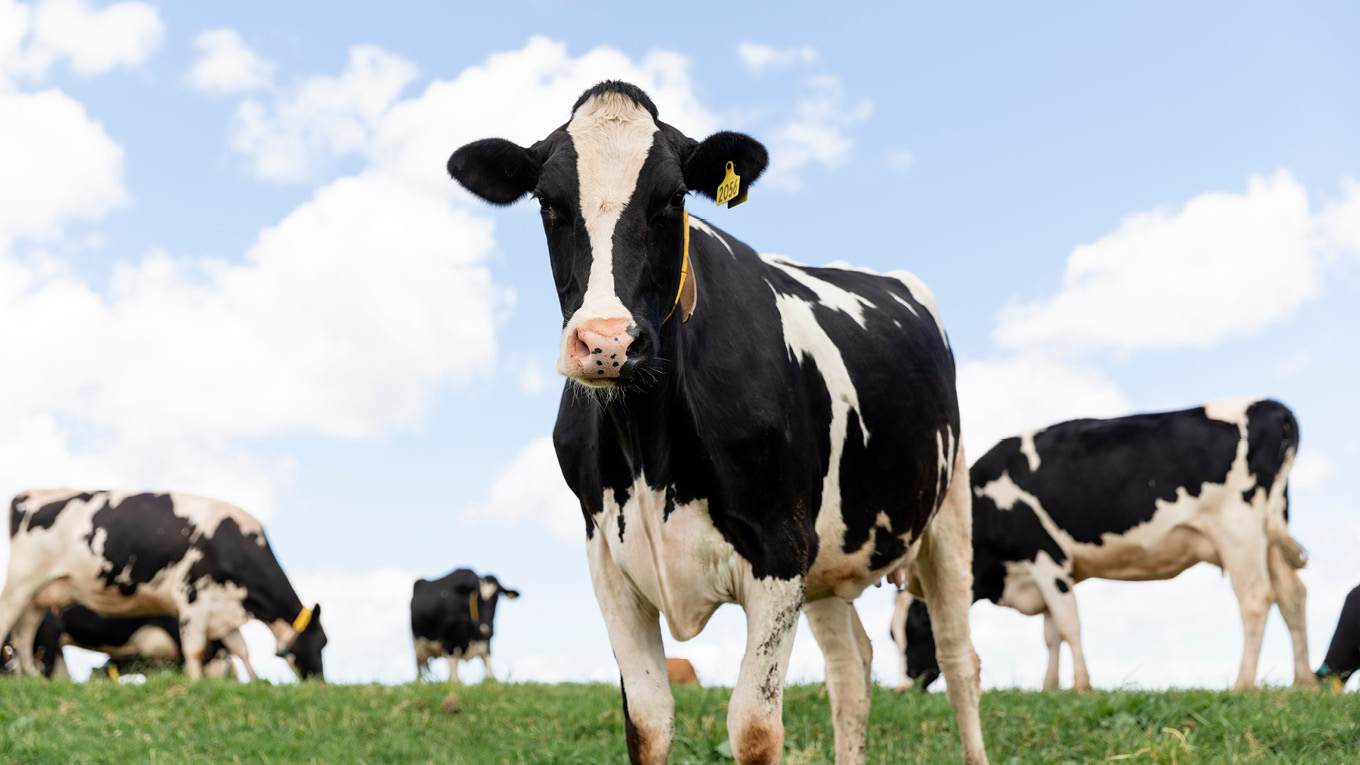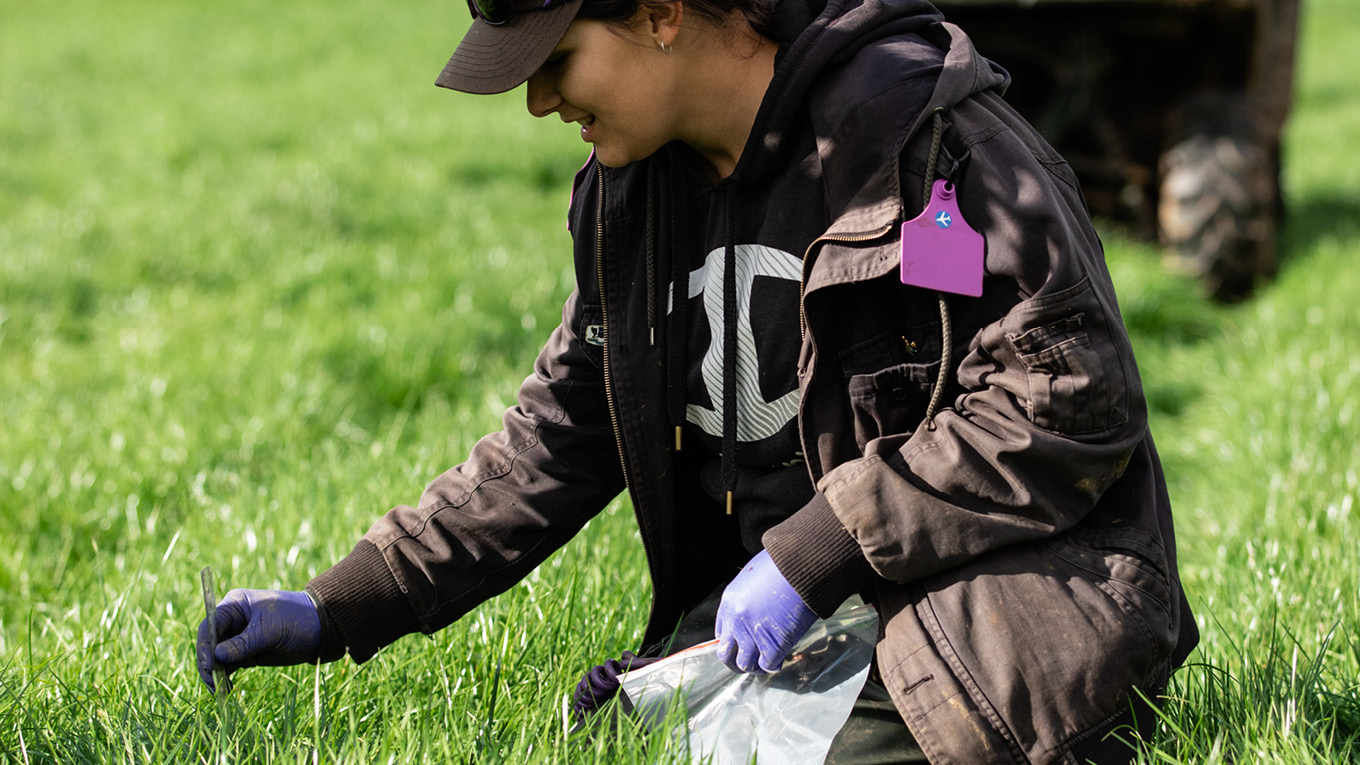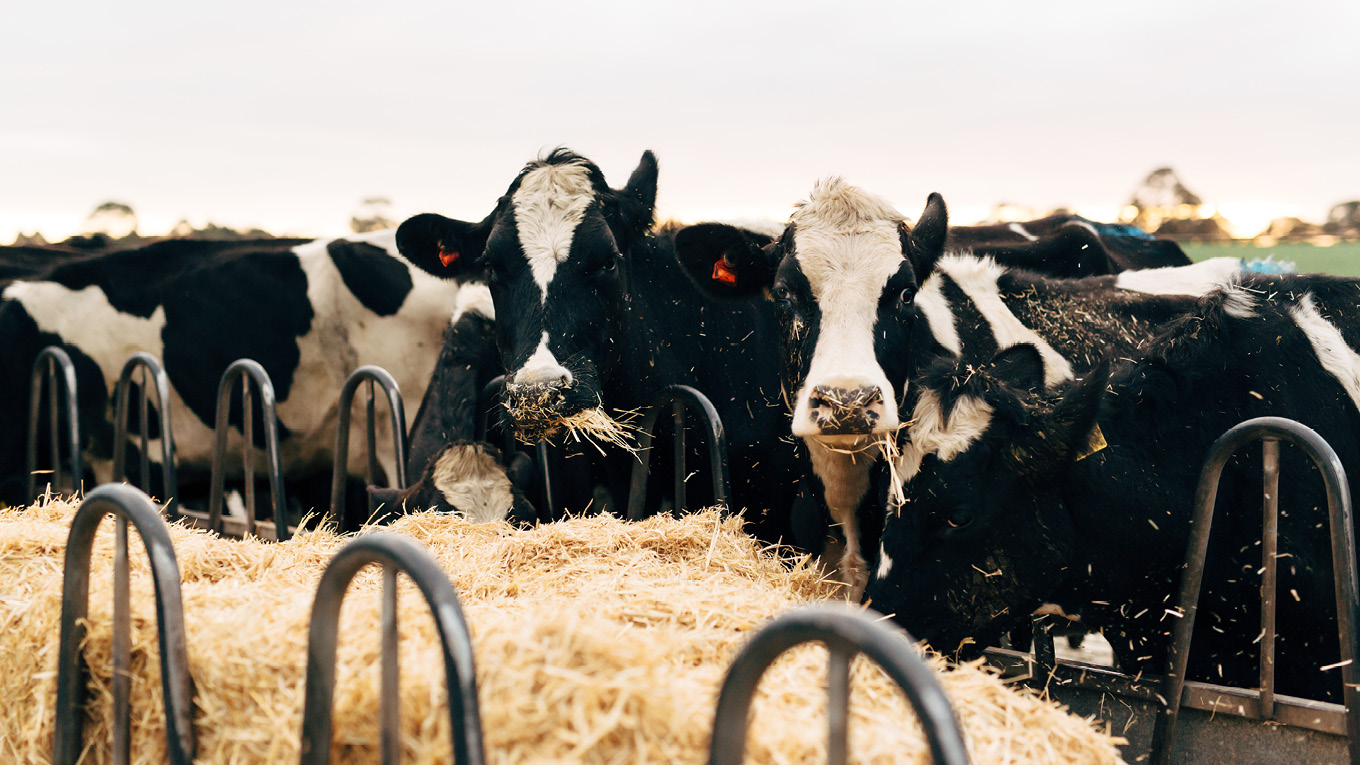Growing Cereal Crops
Winter cereals are an excellent option to provide grazed and conserved feed for dairy herds. Depending on the feed demand, farming system and water availability, cereals could be an alternative to help manage risk by diversifying the feedbase.
There are a number of management steps to consider before sowing a winter cereal.
Grazing requirements
What is the herd feed demand during autumn, winter and spring? Winter cereals can fill the early-autumn feed gap that exists in perennial ryegrass based systems and are able to produce more feed over winter than most perennial pastures. Having a proportion of the milking area sown to winter cereals reduces the pressure on the existing pasture during autumn when it is crucial to establish pasture cover leading into winter. Cereals can also combine with summer crops as part of a double-crop rotation in a paddock renovation program.
Silage or hay requirements
Cereals can be grazed and then locked up for silage or hay if required. Maximum yields of cereals can only be obtained by single-cut silage-making. Most forage cereals are able to remain as a standing crop without lodging for a longer period than annual ryegrass (from early September to mid-November), even when a high biomass has accumulated (more than eight tonnes of dry matter a hectare).
Choosing a variety
Any variety of cereal can be sown for grazing and fodder production. There is a huge range in cereal species and cultivars available. Some varieties have characteristics that are more suited to fodder production, such as higher forage yields and quality and regrowth after grazing. The choice of early, mid or late maturing varieties will be determined by the feed requirements of the individual farm.
Soil preparation and sowing
Cereal crops are tolerant of a range of soil types and conditions, but any stresses need to be kept to a minimum in order for the crops to reach their full potential. Cereal crops are not suited to paddocks that suffer from waterlogging. Cereals can be direct drilled into existing paddocks or planted into prepared seedbeds. Cereals can be sown in combination with other species such as legumes to increase protein content or quality.
Water and fertiliser
A soil test is highly recommended before determining the fertiliser requirements of a cereal crop. A standard 0 to 10 centimetre soil test will indicate if there is sufficient phosphorous (P), potassium (K) and sulphur (S) and other nutrient levels, as well as soil pH (acidity). The higher water-use efficiency of winter cereals can drive a higher return on water applied and the versatility in the end product can provide options if water availability decreases at the end of the season.
Weed control
Broadleaf weeds in a cereal crop decrease production through competition for nutrients, space and light, but there are plenty of cheap and expensive control options.
Grass weeds are more problematic and should be controlled when they are small (2–3 leaf stage). Most grass weed control should be done the year before and followed up with pre-emergent herbicides early in the season.
Pests and diseases
There are many diseases that can affect cereals. However, most cereal diseases can be managed by careful species and cultivar selection combined with early identification and timely control measures such as fungicides.
Pests are usually a minor issue in cereals. Earth mites can cause damage but cereals are not a preferred host and aphids, while they rarely do too much damage, can be a source of viral infection.
Most pests and diseases can be managed with regular monitoring of crops (every two weeks) before they become a major problem.
Harvesting
Cereals are often grazed once or twice and then conserved as hay or silage. There is a trade-off between yield and metabolisable energy content with cutting time when making cereal silage or hay. Generally, yields tend to increase with the stage of growth at cutting, but energy and protein content tends to decrease.


